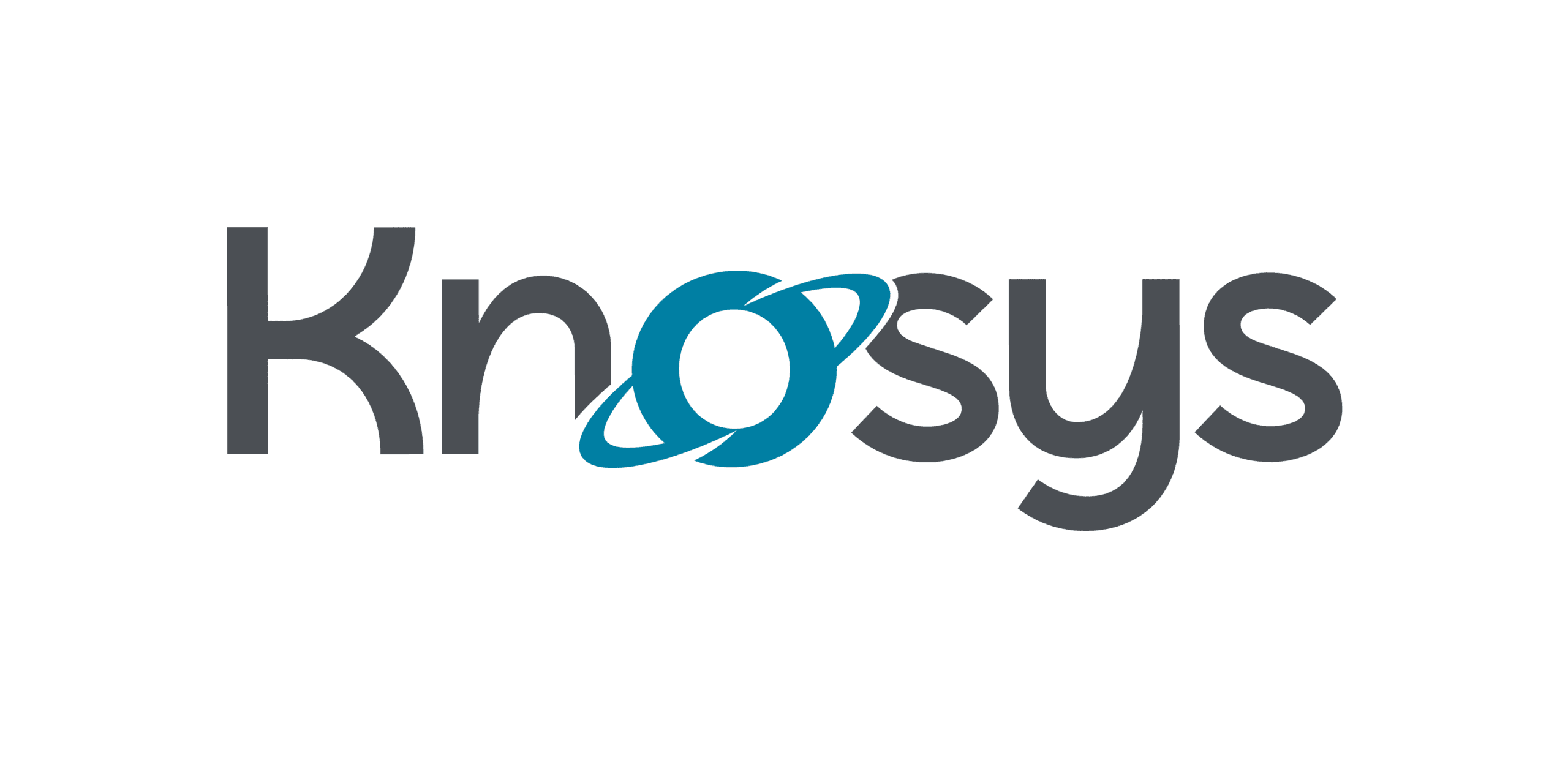Call centre and frontline operations staff are passionate people. They’re passionate about helping others, which makes them want to perform their roles to the best of their ability.
You have skilled, resilient and emphatic teams working to give your business the best chance at success. But are your staff working within parameters that give them the best possible chance, to make a positive impact with your customers?

Image – Bruce Mars
Unfortunately, many customer service employees are fighting against outdated communications systems that make it hard for them to find the right information quickly. They find it frustrating, if not impossible to speak with management within their own offices, let alone across multiple departments and geographies. It’s trying at best.
According to a recent study – ‘50% of advisors must juggle between 4 and 6 applications to serve customers whilst 37% said they required between 7 and 10 applications to perform their role.’ (Source – Marginalia)
When technology is available to assist your staff in finding answers instantly, keeping their training absolutely up-do-date and giving them the ability to offer feedback and improve their learning autonomously – why is there still such a shortfall in adoption?
It’s an issue currently being addressed by government via a comprehensive roadmap for digital transformation, to be completed by 2025.
The good news is you don’t have to wait 6 years to make the most important change to your business. You can make it now and reap the rewards.
The application of a centralised, single digital Knowledge Management solution is an absolute must in today’s consumer economy. When instant gratification is so achievable in other areas of everyday life, from bingeing on Netflix and receiving love on Instagram to “learning” via questionably accurate articles returned from the Google ‘search and you will find’ machine– customers expect important services and information to be provided without issue. And yet, many issues remain.
You can ease the struggle and build powerful brand experiences with your customers today. Step one, as with anything, is to recognise and acknowledge problem areas:
Call handling times
Are your staff guided through processes relevant to individual calls with instant access to all the information that person needs?
Answers should not be siloed; your expert knowledge should be available as a matter of necessity – for everyone representing your brand.
Are your customers leaving conversations feeling satisfied and happy with the level of service received? Are your employees finishing conversations feeling confident they were able to help?
Inaccurate or misleading communication
Who owns your knowledge? When you really think about who is the expert on your business, service, brand – who has the knowledge and is it available to everyone who needs it, without struggle?
Tacit knowledge can certainly come from team members who know your business inside and out, but their vast knowledge needs to be shared, or it could be lost forever.
Give ownership and confidence to everyone by centralising all sources of information and content creation. Make it easy for everyone to be an expert.
Empower your employees with confidence: engage them with content, ask for their input, allow them to be the benefactors of their own learning by creating a space for them to nurture it.
Common errors
When your teams have one point of access to all the information they need, and this is an accurate, up-to-date and easy to navigate system -the tally of errors becomes almost non-existent.
Create capability through digital features like process flows, quizzes, machine learning, high functioning intuitive search functions and structured, controlled content. Take away the chance of errors made in frustration or confusion by providing workflow templates that makes sense.
Give your teams the chance to be accountable and you’ll see a swift decline in human errors.
High turnover – low moral
Even the most passionate of your employees can suffer low moral and become unmotivated when they feel they can’t perform their jobs, or they aren’t being listened to.
Maintain the level of knowledge throughout your organisation and allow your teams to improve their performance through upskilling. Test their knowledge, build team exercises and experiences to drive increased motivation and dedication from individuals who thrive on competition, or the chance of promotion.
Make sure you have the foundation for superior service and allow your teams to build from it – offering incentives, measuring tools and positive reinforcement without the need for hand-holding.
As much as 35% of frontline advisors feel under-valued, suggesting interventions need to focus on building feelings of value and recognition.
Give your people the opportunity to give feedback and be part of conversations that affect them. When your people feel they have some control over their day and the way they can perform their roles – when they feel their voices are heard – they stick around to speak.
Inability to hit targets is one of the main causes of low morale and dissatisfaction in call centres. Everyone should have an even playing field, and targets should be both achievable and enjoyable to work toward. Use the knowledge within your company to drive results and increase the performance of your teams by analysing service and creating new ways to celebrate and recognise performance. Make a song and dance, ring the bell, give the high five – make sure good work does not go unnoticed.
If you’d like to learn how to make changes to your contact centre or customer service teams that will drive successful outcomes and give your customers something to feel good about, get in touch with us for a free demo of KIQ Cloud. Make the important changes today for visible improvements tomorrow.
If you liked this post you might be interested in:
{{cta(‘9e5b63dc-ed7a-49a4-937d-bff3919c2073’)}}
